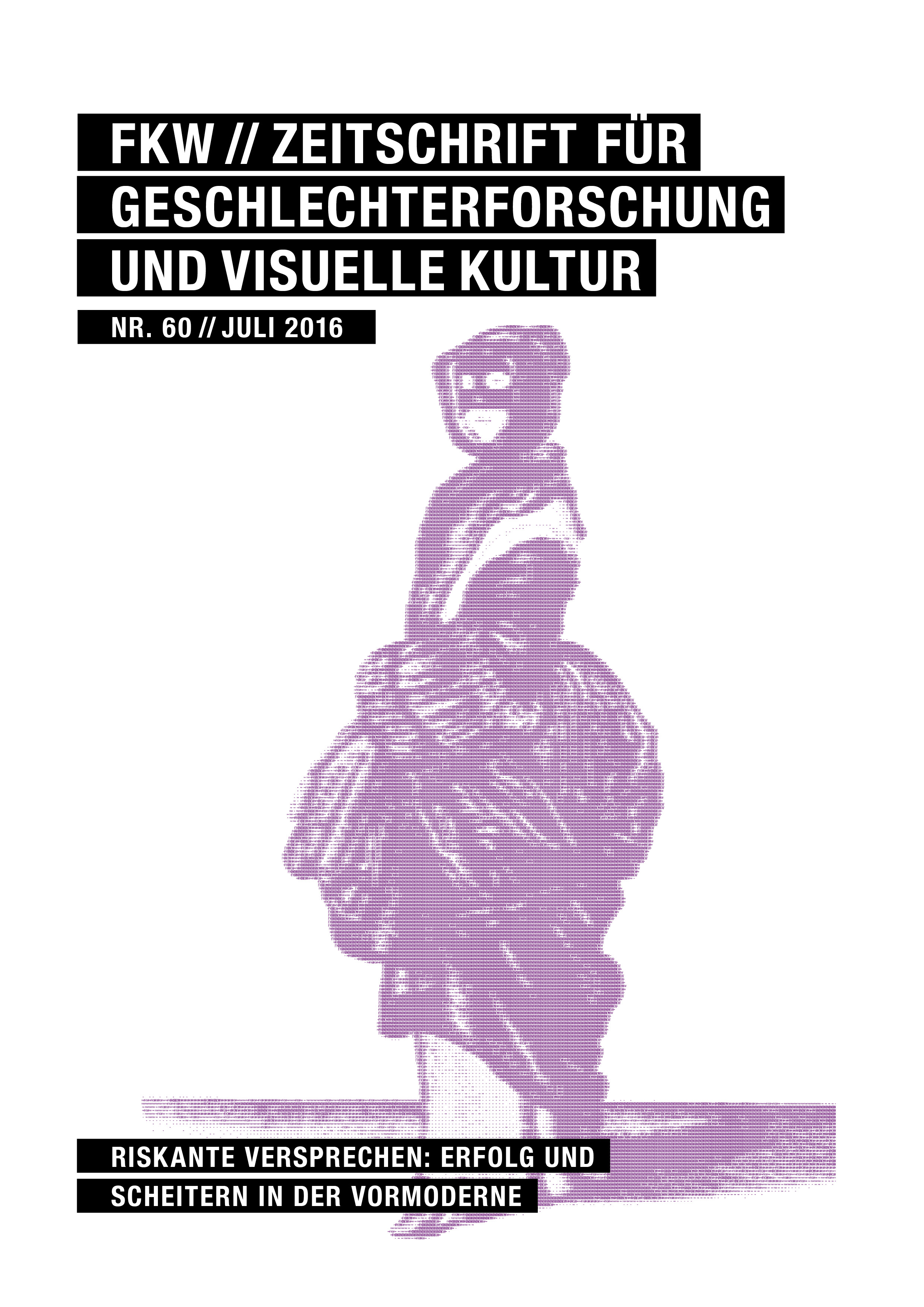Glück auf! Fortuna und Risiko im frühneuzeitlichen Bergbau
DOI:
https://doi.org/10.57871/fkw6020161374Abstract
As mining became more popular as a form of investment in the 16th century, the number of representations of mining scenes depicting the goddess Fortuna increased. She became a popular emblem of the promises, risks, and uncertainties of mining. The discursive and iconographical traditions of chance in the context of mining are borrowed from the fortuna di mare. The popularity of the maritime Fortuna stood in a close context with the emergence of the term risk in the late Middle Ages, which is closely connected to the sea trade and the social group of merchants and sailors. In the context of mining this image of fragile stability seems to have captured the imagination of those who, like the goddess, had to make quick moves to keep on top in the new world of 16th-century business with mineral resources. In this article I show how the concepts of hope, risk and chance were mediated through the figure of Fortuna between the sea and the mountains. In current research, however, a modernist perspective often connects the emergence of risk with the processes of secularization and growing self-awareness of tradesmen and merchants. My investigation instead concentrates on discourses about successful and failed mining investments, both in textual and visual sources, in order to investigate the vast semantic field of risk, hope and chances. This analysis reveals that the notion of Fortune in mining was inextricably tied up with Christian discourses on moral values and hope.
Downloads
Veröffentlicht
Ausgabe
Rubrik
Lizenz
Copyright (c) 2016 FKW // Zeitschrift für Geschlechterforschung und visuelle Kultur

Dieses Werk steht unter der Lizenz Creative Commons Namensnennung - Nicht-kommerziell - Keine Bearbeitungen 4.0 International.
Die Autor_innen behalten das Copyright und treten keine exklusiven Nutzungsrechte an FKW ab.
Ab 2017 erscheinen alle Texte von FKW // Zeitschrift für Geschlechterforschung und visuelle Kultur unter der LizenzCC-BY-NC-ND Lizenz 4.0 International (Creative Commons, Namensnennung, Nicht Kommerziell, Keine Bearbeitung 4.0 International). Der Lizenzvertrag ist abrufbar unter: https://creativecommons.org/licenses/by-nc-nd/4.0/legalcode.de, eine allgemein verständliche Fassung unter: https://creativecommons.org/licenses/by-nc-nd/4.0/deed.de
Von 2013 bis 2016 sind alle Texte von FKW // Zeitschrift für Geschlechterforschung und visuelle Kultur unter der Digital Peer Publishing Lizenz (DPPL) erschienen. Der Lizenztext ist im Internet abrufbar unter der Adresse: http://nbn-resolving.de/urn:nbn:de:0009-dppl-v2-de3
Die Abbildungen in Ihrem Beitrag
Die Autor_innen verpflichten sich, die Abdruckgenehmigung für die in ihren Texten verwendeten Bilder bei der jeweiligen, die Bildrechte verwaltenden Institution einzuholen und die zuständige Herausgeberin über das Ergebnis zu informieren. Wir weisen darauf hin, dass die Verwendung von Bildern in wissenschaftlichen Texten gewöhnlich als Zitat angesehen und entsprechend kostenfrei gewährt wird.





